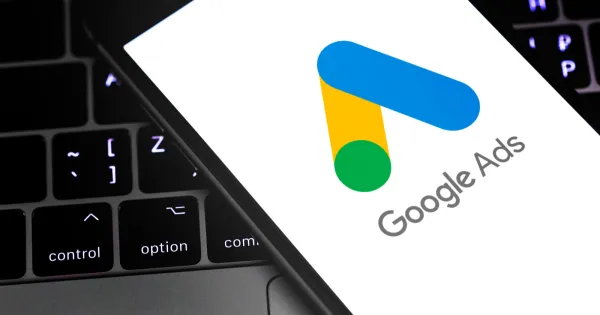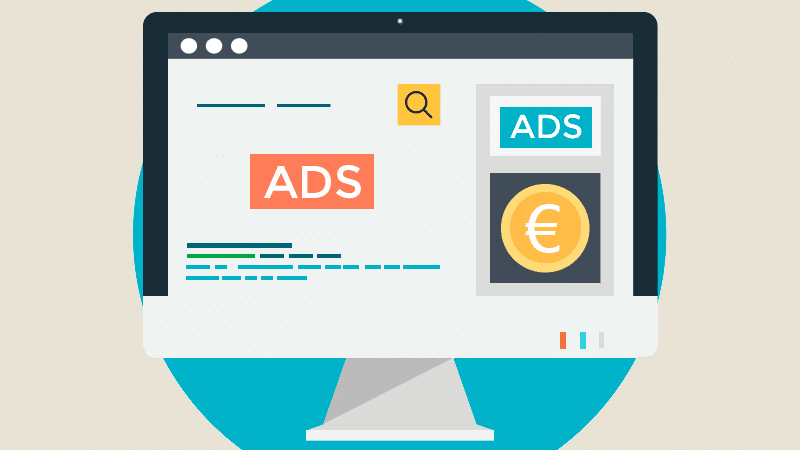Web Design vs Front-End Development: Understanding the Key Differences and Roles

Introduction
In the world of web development, the terms web design and front-end development are often used interchangeably. However, they represent distinct roles and skill sets. Both are crucial to creating a functional and visually appealing website, but they focus on different aspects of the development process. If you're interested in a career in web development or are curious about the industry, it’s important to understand the differences between web design and front-end development.
In this article, we’ll break down what web design and front-end development are, how they differ, and how they work together to create successful websites.
What is Web Design?
Web design is the process of creating the look and feel of a website. It involves planning and building the visual components of a website, such as layout, color schemes, typography, and graphics. Web designers focus on user experience (UX) and user interface (UI), ensuring the website is both visually appealing and easy to navigate.
Key aspects of web design include:
- Visual Design: Choosing colors, fonts, images, and other elements that create an aesthetically pleasing website.
- User Experience (UX): Ensuring that the website is intuitive, easy to use, and provides a seamless experience for visitors.
- Layout and Composition: Organizing content in a way that is clean and easy to digest for users.
- Responsiveness: Designing the website to work across various devices and screen sizes, from mobile phones to desktops.
Web designers typically use design software like Adobe XD, Figma, Sketch, or Photoshop to create wireframes, mockups, and prototypes before passing them on to front-end developers for implementation.
What is Front-End Development?
Front-end development is the process of converting web designs into actual code that functions on the web. Front-end developers use programming languages like HTML, CSS, and JavaScript to bring the visual design to life and ensure that it works properly on various devices and browsers.
Key aspects of front-end development include:
- HTML (HyperText Markup Language): The structure of the website. HTML is used to create headings, paragraphs, images, links, and other elements.
- CSS (Cascading Style Sheets): The style of the website. CSS is used to define the layout, colors, fonts, and spacing to make the HTML content visually appealing.
- JavaScript: Adds interactivity and dynamic behavior to the website. JavaScript is responsible for tasks like form validation, animations, and updating content without refreshing the page.
Front-end developers focus on making sure the website is not only functional but also fast, responsive, and compatible with different browsers.
Key Differences Between Web Design and Front-End Development
- Focus and Skills
- Web Design is primarily concerned with the aesthetic and user experience. Web designers focus on visual elements, layout, and the overall look and feel of the website.
- Front-End Development is focused on coding and the technical implementation of the design. Front-end developers are responsible for translating web designs into functional websites by writing code.
- Tools and Technologies
- Web Designers use tools like Adobe XD, Figma, Sketch, and Photoshop to create visual designs, wireframes, and prototypes. They also focus on UX/UI design to ensure usability.
- Front-End Developers use languages like HTML, CSS, JavaScript, and frameworks like React, Angular, or Vue.js to develop interactive and responsive websites based on the web designer’s mockups.
- End Goals
- The goal of web design is to create a visually appealing, functional, and user-friendly website design.
- The goal of front-end development is to take the design and make it work on the web, ensuring that the website is responsive, interactive, and user-friendly.
- Collaboration
While web designers and front-end developers have different roles, they must work closely together. Web designers provide the visual layout and user flow, while front-end developers make sure that design elements function properly and are responsive on different devices.
How Web Design and Front-End Development Work Together
To create a successful website, web design and front-end development must work in harmony. Here’s how the process typically unfolds:
- Initial Design: The web design process begins with creating wireframes and mockups to plan the layout, navigation, and overall aesthetic. Web designers focus on user experience and the visual look of the website during this stage.
- Prototyping: After the initial designs are completed, designers create interactive prototypes that simulate how the website will work. These prototypes are shared with the front-end developers to review and provide feedback on functionality and technical feasibility.
- Coding and Development: Front-end developers take the final design and begin coding. They implement the HTML structure, apply CSS for styling, and use JavaScript for interactivity. During this phase, the front-end developer ensures the site functions across different screen sizes and browsers.
- Testing and Refinement: Both the web designer and front-end developer will work together to ensure the site is visually appealing and functional. This involves testing for responsiveness, fixing bugs, and refining the user experience.
Can Web Design and Front-End Development Be Done by One Person?
In smaller teams or freelance environments, one individual may take on both web design and front-end development. This is called being a full-stack designer/developer, and it can be highly valuable, especially for smaller projects or startups. However, larger projects or agencies often divide these roles into separate positions, as they require distinct skill sets and expertise.
Conclusion
While web design and front-end development may seem similar, they serve different purposes in the website creation process. Web design focuses on the visual and user experience aspects, while front-end development is all about turning those designs into functional, interactive websites. Understanding the key differences between the two will help you decide which path to pursue, whether you want to specialize in design, development, or become a full-stack designer/developer.
Both roles are essential to the success of modern websites, and when done in collaboration, they result in beautiful, functional, and user-friendly online experiences. Whether you're a budding web designer, a front-end developer, or simply someone interested in learning more, understanding the distinction between web design and front-end development is crucial to becoming an expert in the field.




